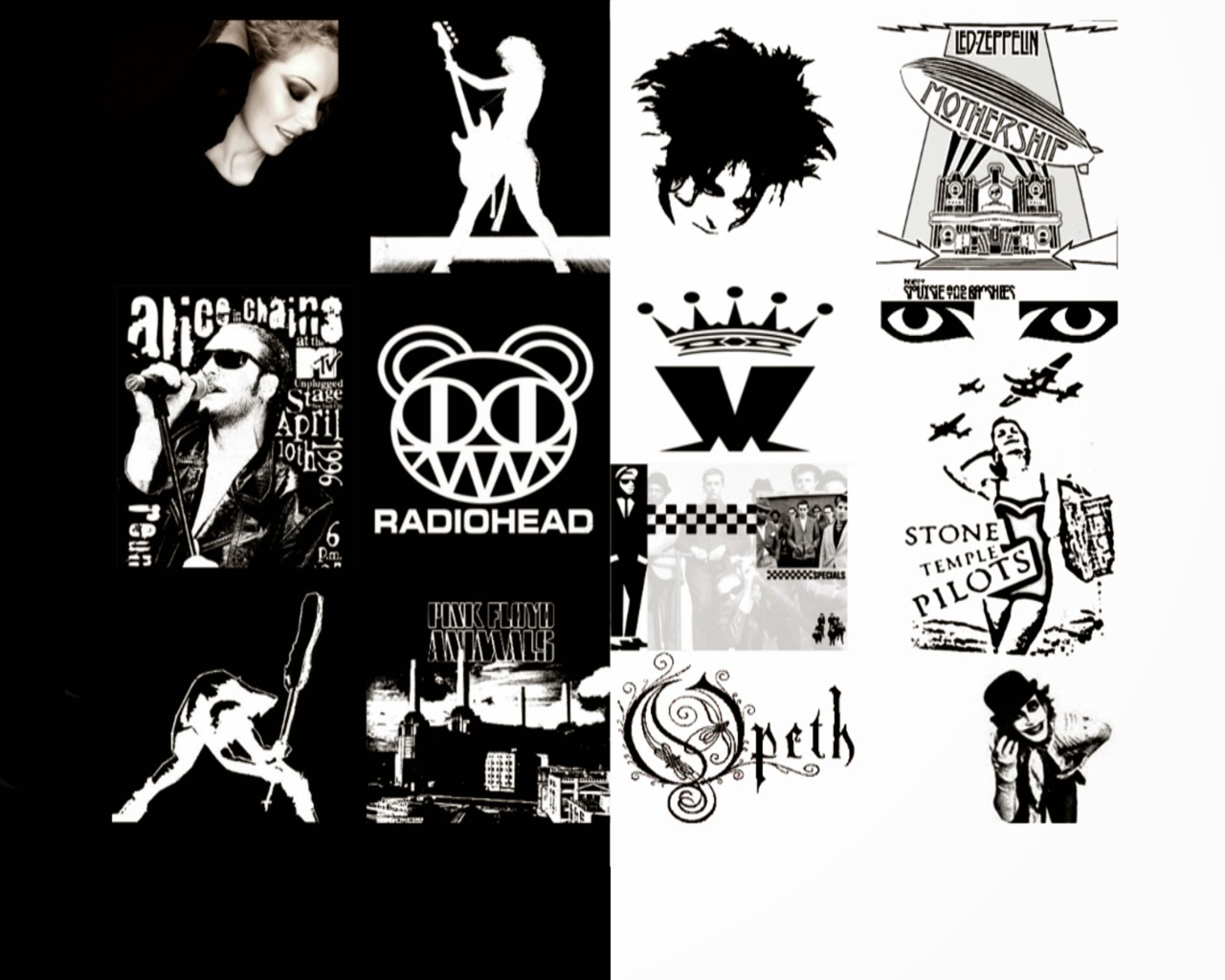"Cities of Innovation: Amsterdam as a Hyper-Connected City"
By Bas Verhart via Meeting of the Minds
As the world moves into an accelerated phase of mass urbanization and mega cities are developing across the globe, the governments of many smaller cities are looking for ways to differentiate themselves and to attract talent from around the world. Two cities stand out in their drive to be different: San Francisco and Amsterdam. Even though both are relatively small in comparison with the mega cities popularized by international media, one could say these “boutique cities” think differently and act more nimbly than their mega counterparts. It is no coincidence that Lonely Planet selected these two hyper-connected cities as the #1 and #2 destination cities for 2013.
Still, it may be advantageous for small cities to pursue a growth strategy, for example by merging with other small cities to become a larger city or by joining together in a sort of “global ring” to make up a virtual mega city, hyper-connected in both the digital and physical realms and boasting a diverse population. As, according to Geoffrey West, the size of a city has significant impact on its innovation capacity.


So, does Amsterdam have the right infrastructure to become a hyper-connected city? Let’s consider the requirements.
- 1. High speed broadband and mobile infrastructure. A hyper-connected city needs to have the most advanced digital infrastructure to support a wide range of new companies, services, and products. Both on fixed and wireless broadband, Amsterdam has seen great adoption and penetration rates, and the Amsterdam Internet Exchange provides hyper connectivity.
- 2. logistic and trade infrastructure. Amsterdam has a world-class logistics infrastructure, with the Port of Amsterdam, the nearby Port of Rotterdam, and Schiphol Airport. In their need to look beyond their own borders, the Netherlands has historically been a hub for trade in Europe and beyond and continues this tradition today.
- 3. Event infrastructure. The many conferences, tradeshows, and events hosted in Amsterdam are often an important first introduction to the city. These occasions can facilitate serendipitous encounters. HBR recently wrote an interesting article about the importance of facilitating serendipity. The article asks what would happen if the infrastructure of such events would be focused on the true innovators, the people that come to Amsterdam to fulfill their need for “discovery” as described in The Innovator’s DNA (Clayton M. Christensen, et al).
- 4. Cultural infrastructure. In attracting the right people to a city, museums and cultural events play an important and sometimes underestimated role. Conference and tradeshow organizers base location strategy in part on a city’s cultural offerings, since culture functions as a magnet for global citizens, leaders, and the creative class. Amsterdam certainly wins on this point, with a host of cultural offerings in the visual and performing arts and the creative industries.
- 5. Liveability infrastructure. Amsterdam scores very high as a liveable city both in terms of social cohesion as well as green space. The livability of a city is a key factor in helping a company CEO determine where to live and an entrepreneur where to establish a base.
- 6. Open innovation infrastructure. Amsterdam’s strong network of knowledge institutes, combined with a thriving creative industries sector, a vibrant startup community, and a high density of European and global headquarters, present the opportunity to bring people together in a cross-disciplinary, cross-ideology, and cross-cultural setting. This works almost the same as the “Coffee House effect” as described by Steven Johnson. Amsterdam, with its open-mindedness and tolerance, has the potential to become the European place for “engineering diversity,” which is a necessary ingredient for breakthrough innovation.}
There is more to it than being the #2 destination in the world on the Lonely Planet’s list of cities to visit. According to Trendwatching.com, the most important goal for Amsterdam would be to aim to “be in the top 10 list for cities that anyone, wherever they are in the world, would like to spend some time (from a few months to a few years) to make more of their lives, their networks, their education, their careers.” Let’s therefore create a new index of hyper-connected cities, cities tailored to future-makers: the entrepreneur, the crazy scientist, and the edgy artist that sees the city as a canvas and as an engine for creation.
Photo1: "" by Matt Rubens(CC BY SA).
Photo2: "" by tychay (CC BY NC ND).
"No Copyright Infringement Intended, Strictly For Promotional Purposes Only! All Rights Reserved To Their Respective Owners."
"Copyright Disclaimer Under Section 107 of the Copyright Act 1976, allowance is made for "fair use" for purposes such as criticism, comment, news reporting, teaching, scholarship, and research. Fair use is a use permitted by copyright statute that might otherwise be infringing. Non-profit, educational or personal use tips the balance in favor of fair use."









































0 comentarios :